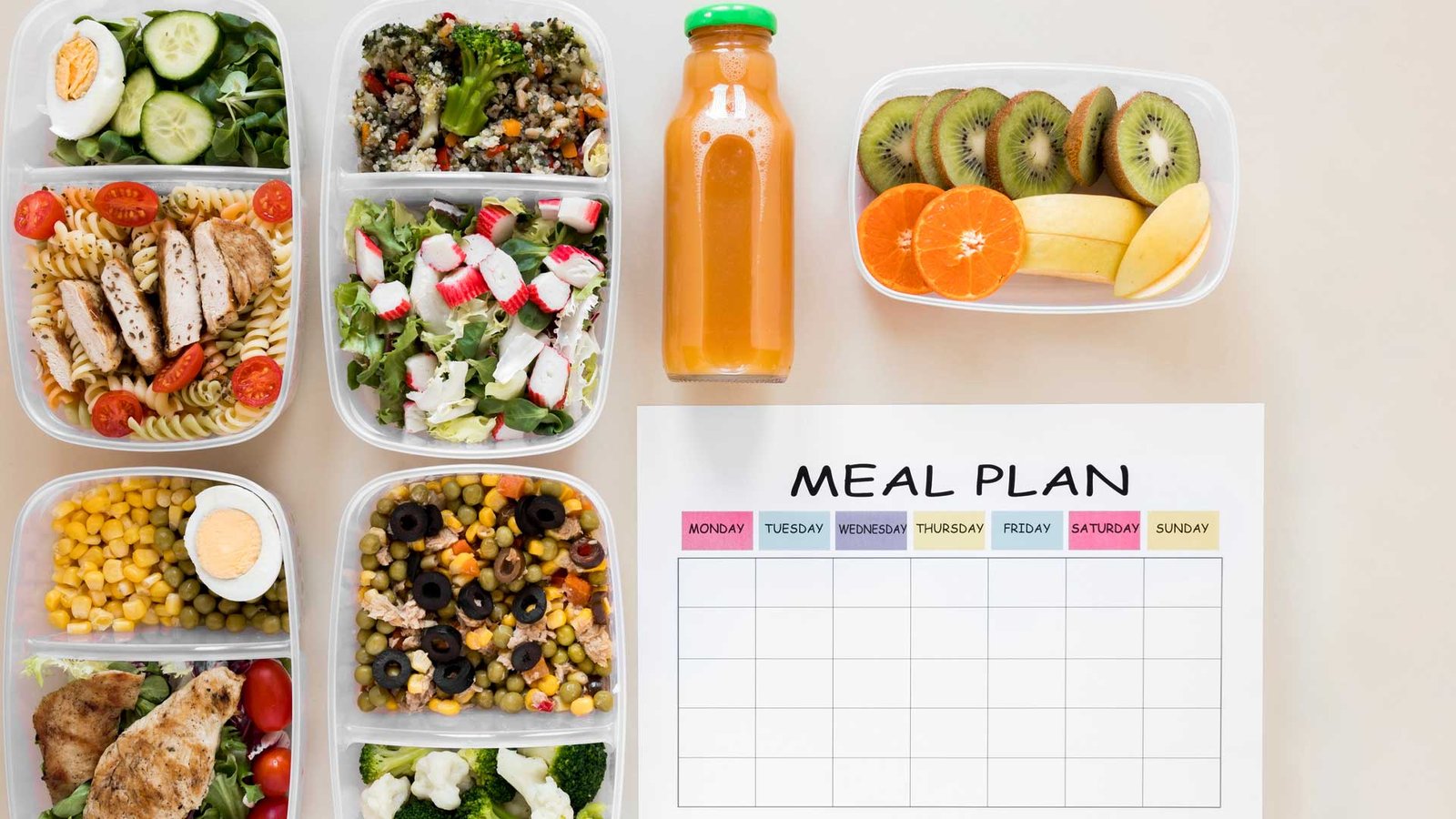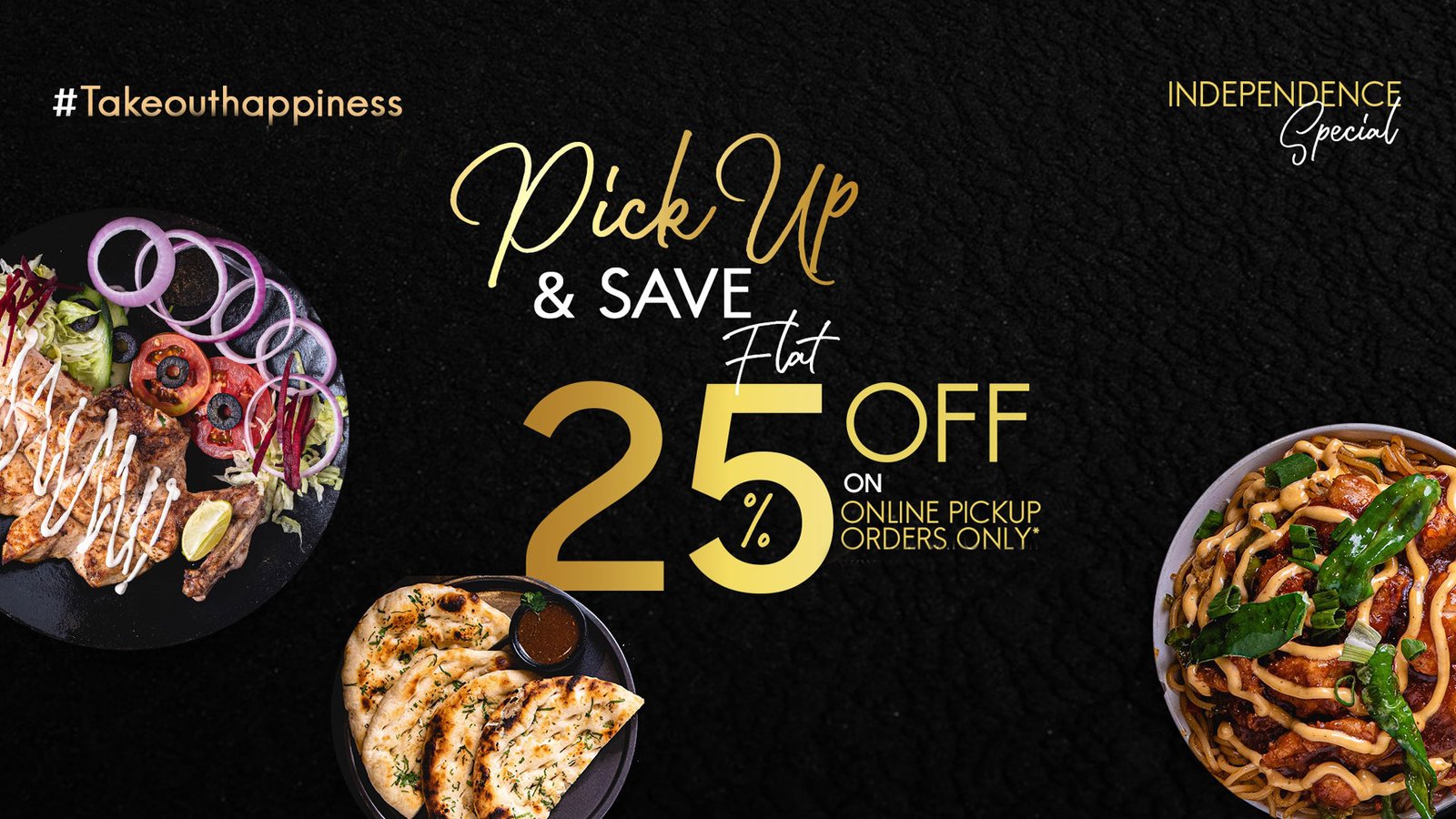I used to spend a lot of time preparing my meals each week when I was first starting into cooking in my early twenties. I’d spend hours poring through recipes and periodicals, making long shopping lists. In a strange way, I appreciated it, but as my life became busier, my meal planning routine became one of the victims. I found myself in the habit of picking something up on the way home from work or, more frequently than I’d like to confess, ordering takeout or dining out. Over time, I found that establishing a weekly shopping plan and sticking to it was not only better for my waistline but also for my budget. But the biggest revelation was that meal planning didn’t have to take as much time as I’d assumed. Meal planning takes me just a few minutes each week these days. I’m not making this up.
Before I show you how to get started organizing your meals this way, let’s look at some of the advantages of doing so. Here are some of the benefits of meal planning.
Make it more likely that you’ll cook at home
Cooking for oneself, as I’m sure Darya would agree, is one of the most significant game-changers in improving your health. It’s a lot simpler to cook when you’re exhausted at the end of the day if you have the ingredients you need and a concept of what to prepare with them.
Variety
We all have that stage when we did not plan meals, one thing I noticed was that when I did cook, I continued preparing the same old foods. Bringing attention and a longer-term focus to your meals is an excellent approach to introduce new concepts.
Save money by reducing trash

I am a big advocate of meal planning because ensures that you purchase the proper quantity and kinds of food each week and use them. As a result, you’ll be less inclined to toss away “vegetables that have gone bad” at the end of the week. Both of these actions result in extra money in your pocket.
How to Begin Meal Preparation.
Select the most appropriate planning strategy for you
Meal plans are most likely to fail if they do not provide adequate flexibility to accommodate your circumstances. If you want to reap the advantages of meal planning, you must first choose which form of meal plan is ideal for you. Meal planning may be done in three ways:
Meal plan for do-it-yourselfers
When you hear the word “meal plan,” this is most likely what comes to mind. You’re done after you’ve chosen a collection of recipes and created a complete shopping list. You may accomplish it manually or with the help of an app.
The meal plan that’s been prepared for you
If you like outsourcing, this can be the perfect option for you. Essentially, someone else offers the recipes and shopping list, and all you have to do is purchase the goods and prepare the meals.
Meal plan “in reverse.”
While I do sometimes utilize the first two alternatives, I prefer the “reverse” strategy since it allows me to pick what to purchase depending on what’s available and looking best at the farmer’s market each week. We flip the meal planning procedure by purchasing the ingredients first and determining what to prepare afterward in this technique. This may seem to be a more complicated strategy, but even the most inexperienced chefs may utilize it if they “purchase first and Google afterward.”
The key to making this strategy work is to understand how much food to purchase and how to acquire a suitable combination of items from which to prepare genuine meals. For further information, see step 2.
It’s worth noting that you may always employ a mix of the strategies listed above. So you may plan particular meals for some evenings and then wing it with the reverse meal plan for others. For the most part, a combination strategy is the best option.
Calculate how much food you’ll need

This is already done if you’re using recipes and a shopping list. This stage, though, requires some thinking if you’re an ambitious meal planning “reverser.”
Figure out how many meals you’ll need and how many people you’ll be feeding. Allow one kind of protein or main event for each meal (for example, a dish of lentils) and 1-2 vegetables. Then I add it all up and make a grocery list with ‘x’ kinds of protein and ‘y’ sorts of vegetables. It’s easier to remember this if you write it down the first few times. However, after a time, you’ll have a good sense of how much food you need each week and won’t have to worry about it.
Any carbohydrates, such as lentils, quinoa, or potatoes, are generally found in my pantry. Depending on your preferences, you may need to include starch in each meal. The essential thing to keep in mind is that this is only a starting point to get you thinking on the correct path. Trust your instincts about how much food is appropriate for your scenario.
Begin with a modest project
As with any major life change, it’s critical to start small and make it as simple as possible for yourself to succeed. The most important thing is to gain some modest victories or “bright spots” as quickly as possible to keep you encouraged to stick with it.
Allow for one or two “wild cards.”
Because modern life is so unpredictable, I’ve found that anticipating and planning for changes to your schedule and food plan is the best way to adapt. So, if you expect to stay at home four nights in the next week, I advocate planning and purchasing for three nights and keeping a “wild card” or buffer for the fourth. The greatest wild cards for me are dishes created with ingredients that can be stored forever in the cupboard or freezer, such as the pea and pesto soup below. Pre-made dishes, such as your favorite curry and rice, may also be found in the freezer.
Visit a store
All of this planning is great, but in order to make a genuine difference, we need to get food into your kitchen. Going to the farmers market once a week and conducting a weekly grocery buy for essentials are two of my most key healthy routines.
Review and make any necessary changes
Meal planning is a fluid process that evolves with you, so keep an eye on what’s working and, more importantly, identify and solve any difficulties that arise.





